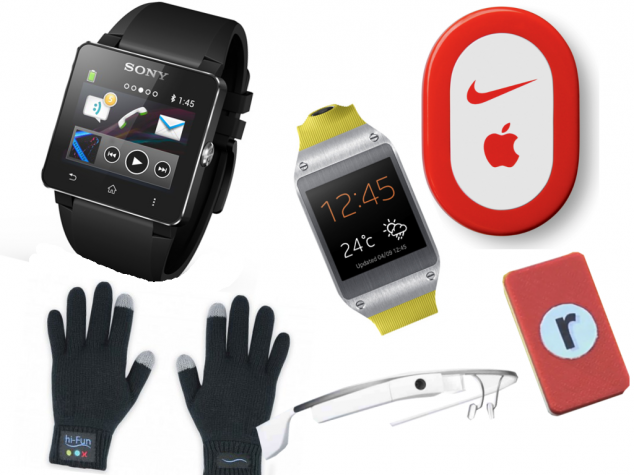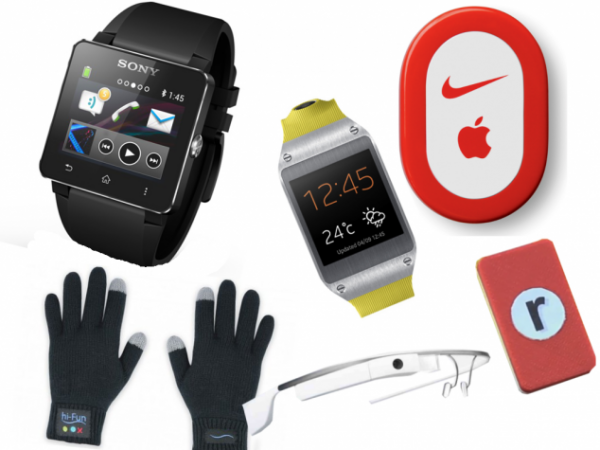From July 20-23, 2015, Africa and indeed the whole world will converge at the International Conference Centre, Abuja, Nigeria’s political capital, for the 2015 edition of the Digital Africa Conference & Exhibition, the third in the series following two previous successful editions in 2013 and 2014.
The two previous events had provided the platform for renowned ICT experts to discuss the development of Africa’s ICT sector and proffer solutions to the challenges limiting the continent’s advancement to the point of digital singularity with the rest of the globe. This year’s edition is themed: “Expanding African Capacity for Digital Technology,” and is expected to address a broad range of topics aimed at broadening Africa’s IT capability.
One of the topics that are high on the list for Africa’s digital transformation is “Wearable Technology”. These devices, unlike mobile phones, are worn on the body and have built in sensors to monitor certain functions (like steps taken or precise location) and then communicate information through Bluetooth and the cloud. Bracelets, necklaces and garments that fuse utility with fashion, and function with form, can make the daily life of Africans healthier, safer, and keep them in better contact. They’ll enable everything from commerce to managing chronic illnesses. And they’ll revolutionize the fashion industry with clothing that interacts with the environment. The wearables industry is still in its infancy, but the market is expected to skyrocket to $19 billion by 2018.
According to a 2014 IDC report, “The worldwide wearable computing devices market (commonly referred to as ‘wearables’) will reach a total of 19.2 million units in 2014, driven primarily by complex accessories such as Fitbit devices, Jawbone’s UP bracelet, and Nike+ FuelBand.
Other more communications based wearables can track family and loved ones especially those who are in any sort of imminent health or physical danger. They can detect environmental factors: providing information about everything from pollution levels to shopping and retail information. An unborn child’s vital signs can also be monitored via the wearable technology! A wearable’s functionality seems to be limited only by the imagination of the inventor.
One of the conference’s veteran speakers is Robin Raskin, founder of Living in Digital Times (LIDT). Her team of technophiles bring together top experts and the latest innovations to showcase the intersection lifestyle and technology. Throughout the year, LIDT focuses on how technology enhances every aspect of human life through the eyes of today’s digital consumer.
Raskin believes that Africa’s current digital technology penetration level is deep enough to accommodate wearable technologies. “In many ways new technologies like mobile payment systems and wearable trackers have an easier adoption trajectory in Africa than in markets that are hampered by old infrastructure without high speed broadband. Africa’s embrace of the mobile wireless market puts it on the fast track towards wearables. And now that wearables are more practical, functional and integrate easily with existing mobile technologies the adoption curve will accelerate,” she said.
Raskin also said: “My hope is that the first smart wearable gadgets promote things we care about universally -staying in touch with loved ones and helping people adhere to medical and healthy lifestyle regimens. As wearables continue to become smaller and show up in new form factors you’ll see them in everything from shoes to correct a bad gait, to posture-monitoring belts, to bike helmets smart enough to detect ambient surroundings.
“As for price, the cost of wearables is a fraction of the cost of what a laptop or desktop PC was just a few years ago.”
Wearable technology has caught the interest of the world. As Africa is witnessing a fast growth in the technology market, it is expected that it will not take long before wearable technology makes a heavy showing on the continent.
For more information, visit their official website.


